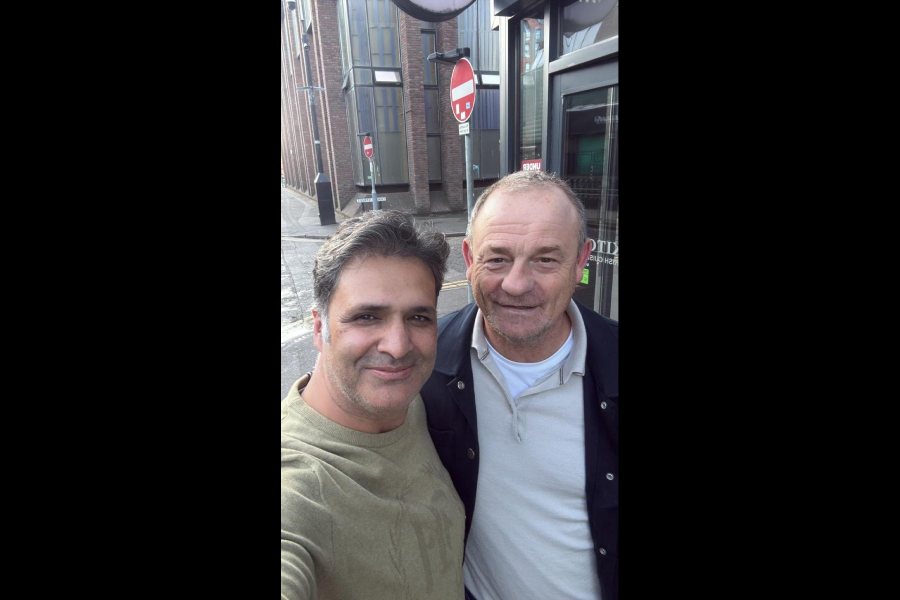 |
New Delhi, Jan. 17: Subhas Kundu recalls climbing sal trees in West Midnapore’s forests on his way home from school some 50 years ago to collect cocoons from silkworms and barter them for candy from a village shopkeeper.
Kundu, a biotechnology professor at IIT Kharagpur, is still collecting tasar silk cocoons, but now to grow heart cells that, he hopes, will serve as cardiac patches to replace damaged heart muscles.
In his laboratory, researchers have fashioned silk fibre into thin, coin-sized scaffolds intended to function as platforms for cardiac tissue engineering. A collaborating team at the Max Planck Institute for Heart and Lung Research in Germany has loaded Kundu’s scaffolds with heart cells, or cardiomyocytes, from three-day-old rats and shown that the cells grow and beat in synchrony, like cells in a natural heart, for up to 20 days.
“The eventual goal is to build human cardiac tissue that beats spontaneously and could help patients who have damaged or lost cardiac tissue,” said Kundu.
The IIT Kharagpur and Max Planck Institute team published its results in the journal Biomaterials this week.
The human heart does not have the capacity to regenerate. Cardiomyocytes once lost through heart attacks or other heart disease are lost for ever. Significant muscle damage, or scars on the heart, may lead to heart failure, which has limited treatment options.
Over the past decade, independent research groups in the US and elsewhere have attempted to grow cardiac tissue in a variety of materials: collagen gels, foams, and scaffolds constructed out of mulberry silk fibre, among others.
These efforts have led to the development of spontaneously beating cardiac tissue.
But most such materials are associated with problems such as immune rejection or poor efficiency of growth of heart cells, Kundu and his collaborators said.
“There has been no material or scaffold yet that looks promising enough for human clinical applications,” said Felix Engel, a group leader at the Max Planck Institute who has been trying to find ways to get heart cells to proliferate.
“Our experiments show that, in principle, it’s possible to grow contractile (spontaneously beating) cardiac tissue in tasar silk scaffolds,” Engel told The Telegraph over the phone. “But we’re still many years away from any human applications.”
The IIT Kharagpur team, which includes PhD students Banani Kundu and Sarmistha Talukdar, has shown that a tasar silk fibroin protein has a specific sequence of amino acids — arginine-glycine-aspartate — that promotes the adhesion of cells to the scaffold.
The higher mechanical strength of tasar silk is another advantage this scaffold has over those made from mulberry silk, said Banani Kundu. The heart encounters mechanical stresses during routine operations, and it would be useful to have a scaffold that can also withstand stress.
Scientists envisage that a scaffold loaded with cardiac tissue would be implanted as a cardiac patch on a damaged heart. The scaffold itself is biodegradable and only the cardiac tissue will be left behind.
But any human applications would have to wait for an appropriate source of human heart cells. While research suggests that certain embryonic stem cells can be coaxed to turn into heart cells, scientists believe that the best option would be to use a patient’s own stem cells, which would not be associated with any risk of immune rejection.
“The solution may come from induced pluripotent stem cells,” said Engel.
“The idea is to take something like skin cells, turn them into pluripotent stem cells, and then get those cells to turn into heart cells. But it is still unclear how this transformation (into stem cells and back) works.”
The IIT Kharagpur and Max Planck Institute teams plan to continue collaborating to refine the process of generating cardiac tissues through tasar silk.
Subhas Kundu and his students collect the silk from the Tasar Sericulture Farm, West Midnapore, not far from the forests where the scientist used to walk on his way to school and back, and where he developed his fascination for silk.










